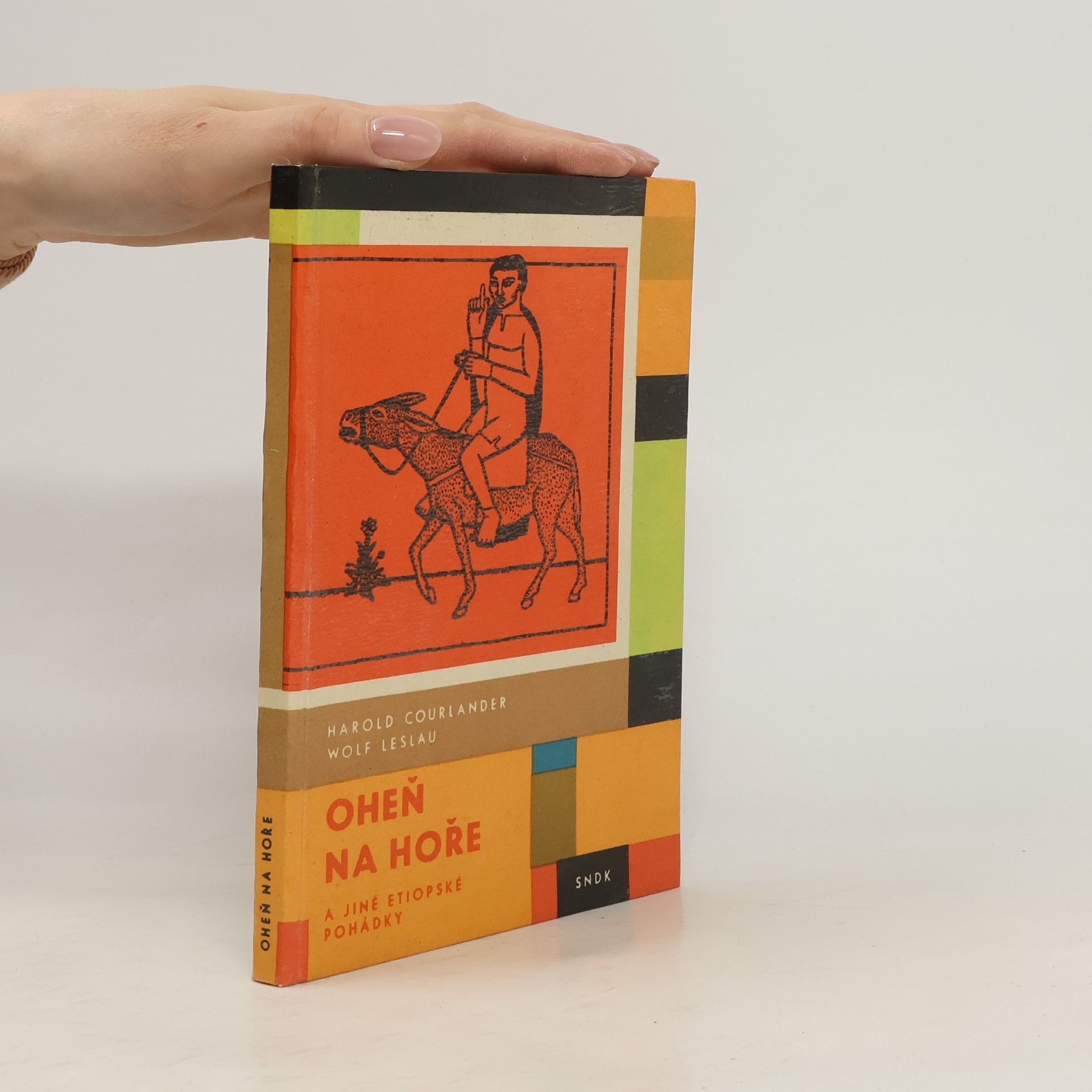Dvě desítky anekdotických příběhů a bajek z etiopského folklóru vtipně vyprávějí o lidech moudrých i hloupých, o jejich slabostech, o chytrosti drobných zvířat, žijících mezi dravci. Pro čtenáře od 9 let.
Wolf Leslau Libros
14 de noviembre de 1906 – 18 de noviembre de 2006
